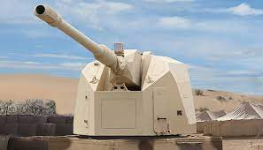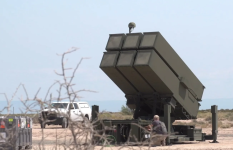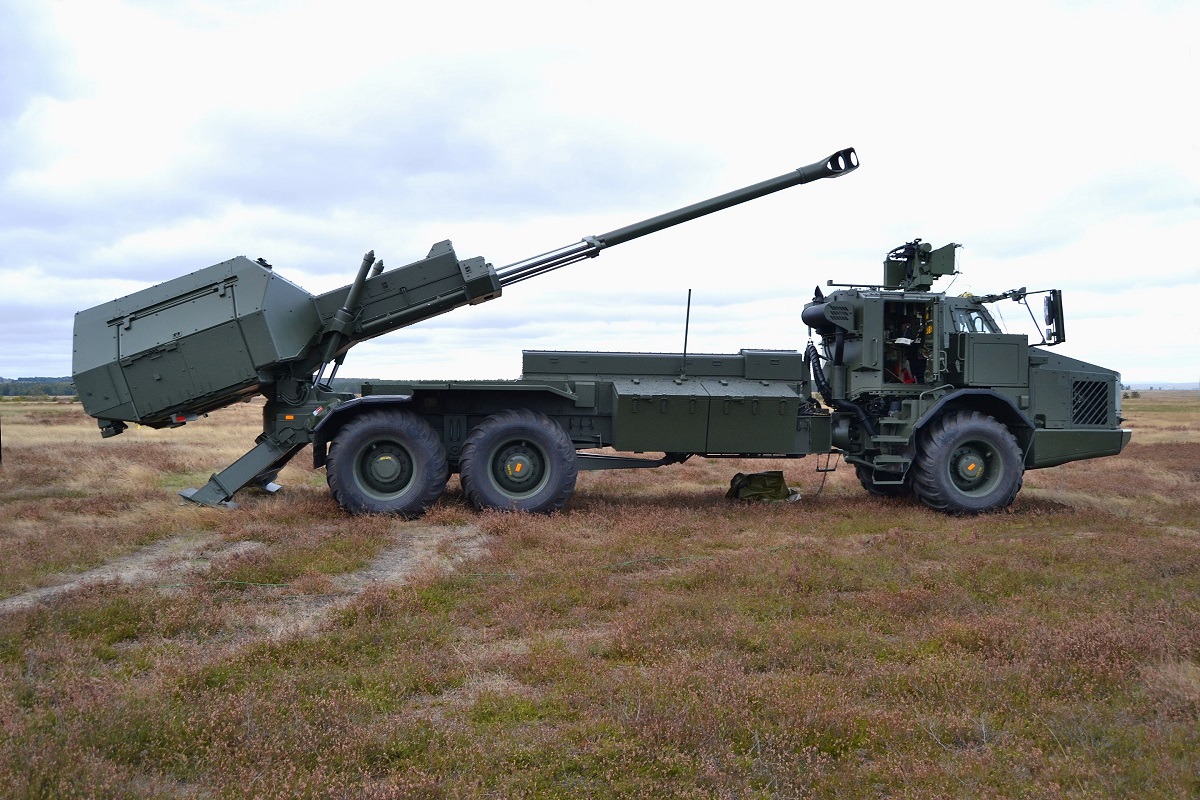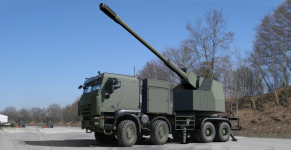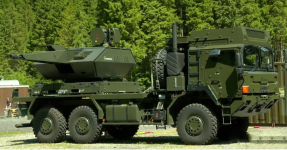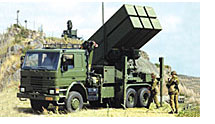- Reaction score
- 8,701
- Points
- 1,160
I don’t know why falling back on a definition which lost all meaning in the mid 1700s is at all relevant. The last time the difference between a dragoon and anything else matter was when the British Army realized they could save money by renaming all their cavalry dragoons so they’d get paid less.
You don't disappoint anyway.
I admit that there are other descriptors out there and that choosing names is a bit of a mug's game. But the point I am making is pretty much the ancient one of the distinction between equipping the man and manning the equipment.
In my mind, regardless of the name, there is a major distinction between those two mindsets.
Does the vehicle serve the man or does the man serve the vehicle?
Who is in charge? The Platoon Commander mounted in the vehicle or the Leader on the ground with the troops? And what is the vehicle doing when the troops are engaged on the ground?
All rhetorical questions with none of them requiring an answer because I accept that it depends. And maybe no choice is necessary.




